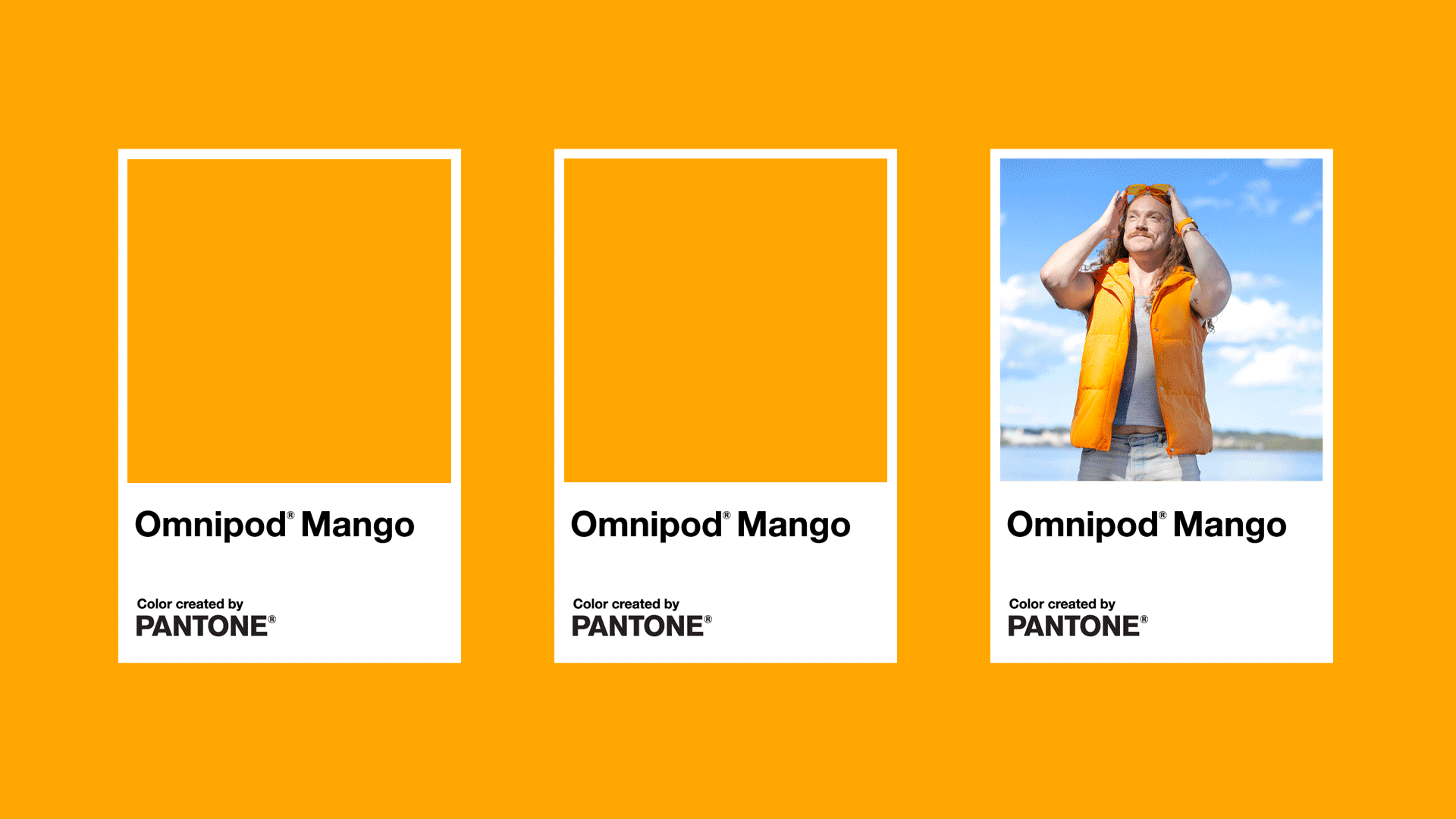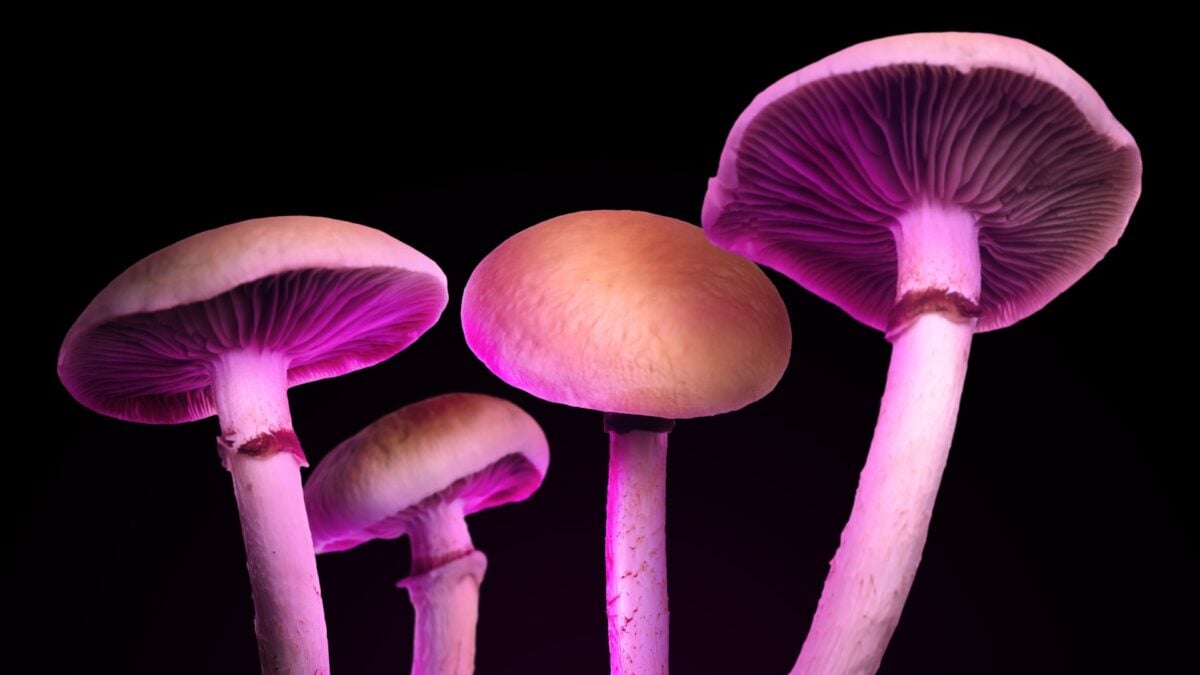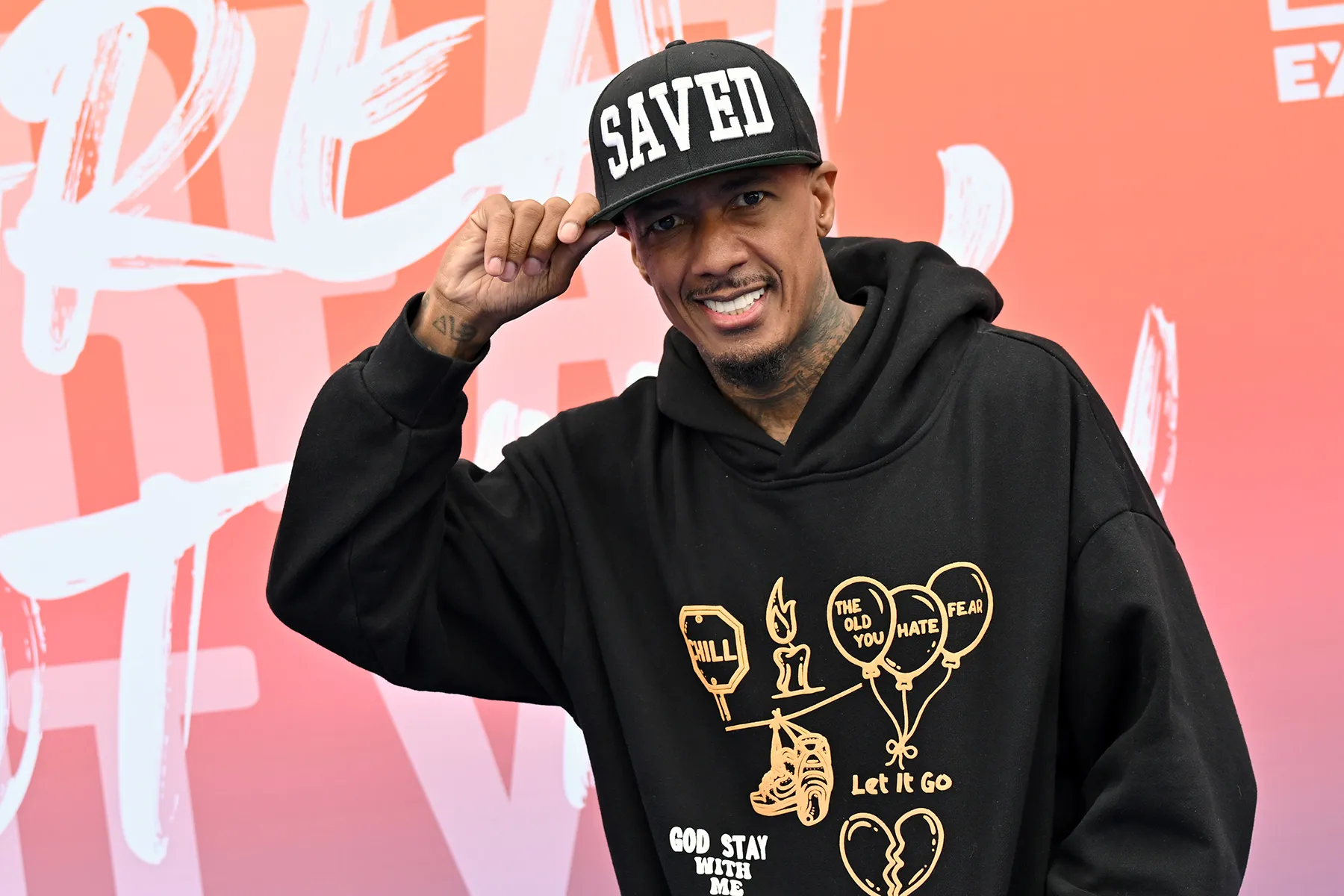
Medical devices are not particularly known for bold branding. Omnipod, an insulin pump owned by Insulet, aims to change that with its own custom color created with Pantone.
Last week, the 25-year-old company debuted “Omnipod Mango,” a tropical yellow-orange that aims to stand out in a “very monotonous category,” says Lucas Escobar, Insulet’s director of US consumer marketing. Until now, Omnipod’s brand has been blue like all the others.
“Typically, the blues have been on in the safety zone, but once everybody is blue, then it almost waters down the meaning and then it just all becomes a sea of sameness,” says Escobar, who notes he and half his team are among Omnipod’s users.
The pivot to mango is also about improving how people with diabetes are seen in pop culture — and how they see themselves. Escobar says people with diabetes still endure stigma and either under-representation or misrepresentation: “We’ve really tried to use our brand as that piercing train to put diabetes out there in the world and really elevate the diabetes community.”
Featured Video
An Inc.com Featured Presentation
Omnipod Mango is part of a broader digital campaign that aims to destigmatize and empower people who wear the device. For Omnipod Mango’s debut, new video ads and images feature real Omnipod users wearing the color while swimming, running, dancing, singing, and even riding in a mango-colored car.
“Diabetes is a burden in and of itself in your day-to-day,” Escobar says. “There’s so many things that come with it, but what we’re trying to do is put that in the background so that other things come out. So the color is that embodiment of the joy, the happiness, the freedom, that vibrancy that comes out that we’re looking to bring forth by having the things that the product removes.”
Instead of going with gray or other colors meant to blend in, the goal for Omnipod was to go with a color that stands out and that makes a bold statement, says Laurie Pressman, VP of the Pantone Color Institute. That meant choosing something that’s visible and empowering, and that expresses users’ control over their lives. Pressman says orange also represents liberation, independence and spontaneity.
“You think about happiness and just friendliness and approachability,” Pressman says. “Oranges are fun. Oranges are sociable. They’re joyful. They’re warm. They’re welcoming.”
Omnipod isn’t the first brand to go bold. Pharma giant GSK has used orange for years and drugmaker Sanofi rebranded to purple just a few years ago. But the Insulet’s new Mango pivot begs the question: Can color change how people perceive a product, a brand, or even a health condition?
“We all react to color,” Pressman says. “It’s the first thing we connect to and it happens unconsciously out of our awareness. So absolutely. If you see a brand or a logo or a product in one color versus another color, you could have a completely different reaction.”
It might seem convenient for a company in the color business, there seems to be research to back it up. Last year, researchers published a study in the Journal of Consumer Research, finding that differently colored logos with a white background were more likely to be associated with positive emotions than the same colored logo with a black background.
Sometimes the perception of a color and its influence is all about timing and context, according to Pressman. “If we think about going back to Omnipod, would we have been ready for this color 10 years ago?” Pressman says. “Would they have even come up with this color? No, because that’s not necessarily where the culture was.”
Orange has emerged as an increasingly noticeable cultural throughline — showing up in a range of products including the new iPhone, the logo for Anthropic’s Claude AI chatbot, and even in Taylor Swift’s latest aesthetic palette. Last year, Pantone also created a “Mandarin Orange” as one of its colors made Nespresso. Other orange-colored collaborations from the past: Tangueray, Sephora and comedian Conan O’Brien.
The medical world, by and large, does use plenty of blue. One survey by 99Designs found blue in 67 percent of the more than 900 healthcare brand logos analyzed, followed by green, grey and white. Just 10 percent of the logos used orange.
Beyond this color campaign, Insulet is fighting the stigma of diabetes in other ways. This summer, it partnered with Marvel to introduce Dyasonic, the first comic book starring a hero with Type 1 diabetes. Last year, Insulet also partnered with a YouTuber who created a new song based on Omnipod’s sounds. And in 2022, Nintendo and Insulet introduced a new “Omnipod Bay” location inside the popular game, “Animal Crossing.”



